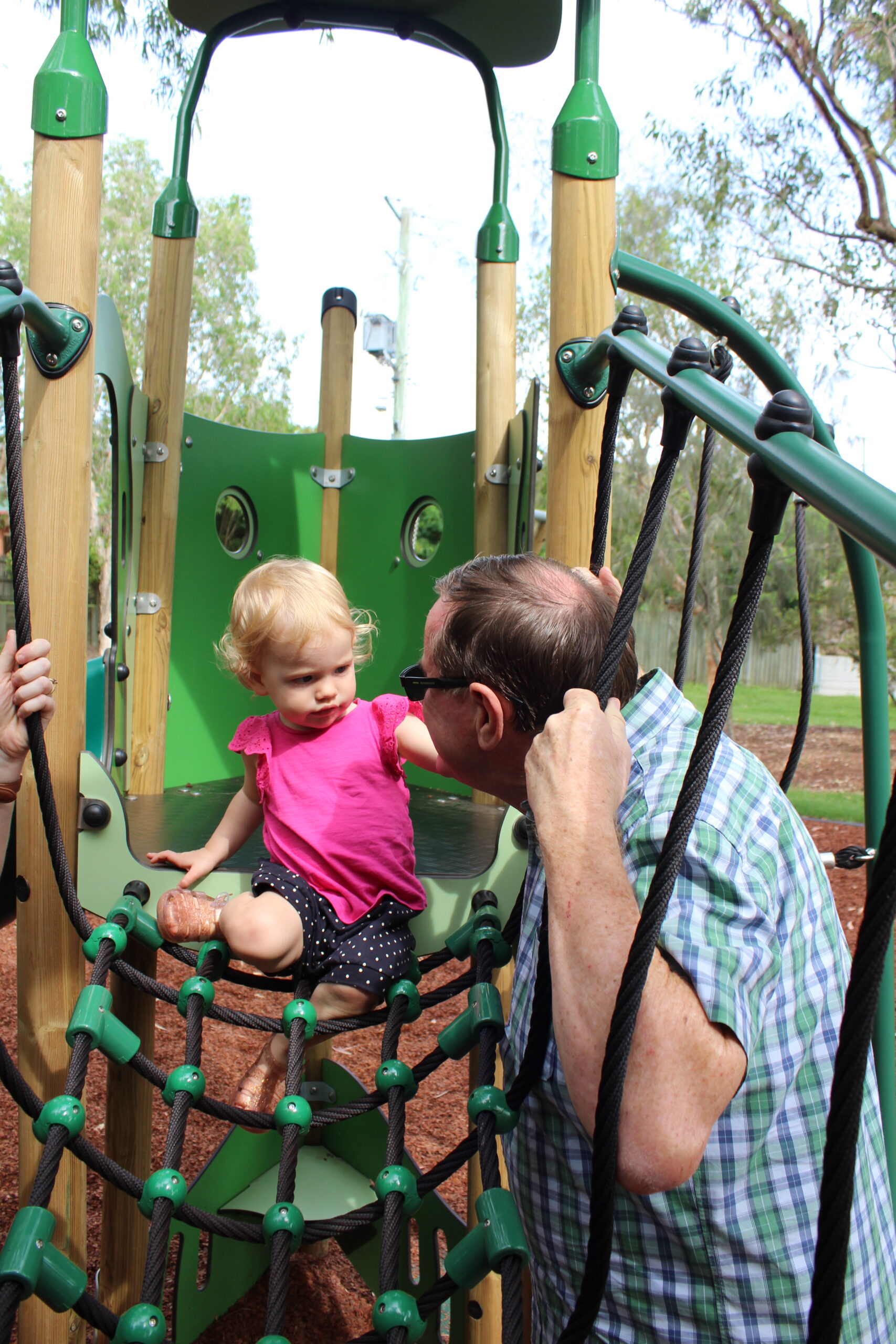
5 Ways Intergenerational Parks Elevate Urban Spaces: Promoting Health and Connections
In contemporary urban planning and design, a notable trend is emerging, emphasising the connection between different generations, health, and physical activity. The concept of intergenerational parks, which was previously not given much attention in traditional design, is now becoming increasingly important. It plays a significant role in creating vibrant communities that focus on well-being and fostering meaningful connections across various age groups.
What are Intergenerational Parks?
Intergenerational parks are innovative public spaces designed to encourage interaction and engagement between people of different age groups. Unlike traditional parks that often cater to specific age ranges, intergenerational parks incorporate features and activities that appeal to children, teenagers, adults, and seniors, fostering a sense of community and connection.
These parks typically offer a variety of amenities and facilities such as playgrounds with equipment suitable for all ages, fitness areas, walking paths, seating zones, and gathering spaces. The goal is to create a welcoming environment where families, neighbors, and individuals from diverse generations can come together, engage in shared activities, and build meaningful relationships.
Intergenerational parks go beyond promoting physical activity; they also emphasise social interaction, learning, and the exchange of experiences between different age groups. By providing a common space for people of all ages to connect, play, and learn from one another, these parks contribute to the well-being and overall quality of life within communities.
Despite historical underrepresentation, the importance of intergenerational Parks is gaining acknowledgment as a central element in nurturing healthier and more interconnected communities and breathing new life into communal areas and enriching the urban landscape.

1. A Shift in the Urban Planning Model
Urban spaces have undergone a substantial transformation, moving beyond conventional concrete landscapes. The contemporary approach emphasises inclusivity and unity, fostering an environment where individuals spanning all age groups come together to partake in activities that promote both physical and mental well-being. Intergenerational parks symbolise this significant shift by embodying the concept that public spaces serve as more than mere functional areas – they play a vital role in enhancing overall wellness and strengthening social bonds within communities.
2. Promoting Health: The Physical and Mental Synergy
At the heart of intergenerational parks lies a commitment to health, both physical and mental. These spaces are meticulously designed to encourage movement and exercise, making health a shared pursuit for all age groups. Areas of greenery, walking paths, and outdoor fitness equipment form the backbone of these parks, enticing visitors to stretch, jog, and engage in invigorating activities.
The benefits are not limited to physical health alone. Studies underscore the profound impact of green spaces on mental well-being. As grandparents chase their grandchildren, neighbours strike up conversations during a brisk walk, and parents unwind on park benches, a tapestry of connections is woven that nurtures a sense of belonging and happiness.

3. The Art of Connection: Bridging Generational Gaps – Intergenerational Parks
Interactions within intergenerational parks hold a significant role beyond brief encounters; they form the basis for creating a vibrant community network. In these spaces, children glean wisdom from their elders, teenagers engage in amicable competitions, and parents forge connections with neighbors, underscoring the essence of unity that spans generations. This intermingling of age groups nurtures bonds that dispel stereotypes and construct bridges of understanding.
Functioning as dynamic educational arenas, these parks facilitate the transfer of life lessons through shared encounters. The exchange of anecdotes, guidance, and viewpoints fosters a heightened sense of empathy and comprehension, instilling a spirit of camaraderie that often eludes the rapid pace of urban life.
4. Designing Intergenerational Parks
Creating intergenerational parks is not just about placing swings and benches; it’s a subtle yet intricate art form. Landscape architects and urban planners play a pivotal role in translating this vision into reality. Thoughtful zoning, accessibility features, and diverse activity zones ensure that each park is a reflection of the unique community it serves. Design elements cater to different ages and abilities, encouraging everyone to participate actively.

Technology too, seamlessly integrates into these environments, smoothly merging the digital and physical areas. Outdoor fitness applications, interactive play installations, and augmented reality encounters introduce a contemporary layer to the intergenerational park encounter, enhancing the overall experience.
The “Intergenerational Parks: Design Guide for Physical Activity and Social Engagement Across Generations,” a publication by Queensland University of Technology (QUT), is a remarkable resource that delves deeply into the concept. This guide elaborates on how public spaces can be strategically designed as central community hubs, igniting excitement and engagement across all age groups, abilities, and cultural backgrounds. The design of well-crafted local parks not only encourages physical activity for people of all ages but also fosters community cohesion. This highlights the significance of adopting an intergenerational approach in public park design, ensuring that individuals of varying ages can discover something to enjoy.
Designing public parks that cater to the diverse needs of a community is no small undertaking. By collaborating with academia and industry to research and implement best-practice design and planning strategies, the council positions itself as a frontrunner in offering contemporary open spaces. This proactive approach allows us to create a distinctive experience, turning each park into a community magnet and an inspiring gathering spot that visitors will be drawn to, time and time again.
5. A Shared Legacy: Looking to the Future
Looking ahead, intergenerational parks offer a shared legacy that leads us towards a future charactersed by enhanced well-being and stronger connections. These parks serve as a reminder that the vitality of a thriving community isn’t solely rooted in towering structures, but in the simple joys of children’s laughter, the intergenerational exchange of stories, and the collective pursuit of a healthier life.
Our current responsibility is to embrace this vision, seamlessly weaving intergenerational parks into the urban framework. Recognising that genuine urban achievement goes beyond the height of skyscrapers, we must focus on fostering meaningful connections. By enriching urban spaces with intergenerational parks, we elevate the very essence of the human experience.
Tags: everyone can play, play for all